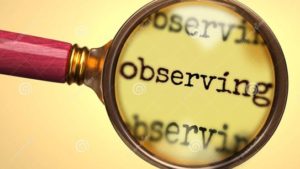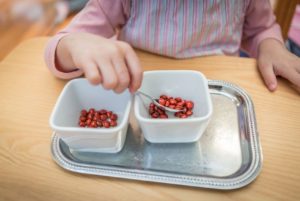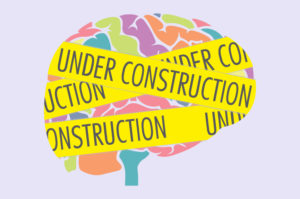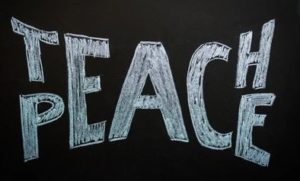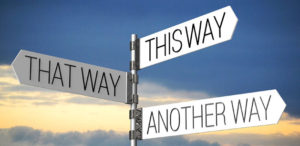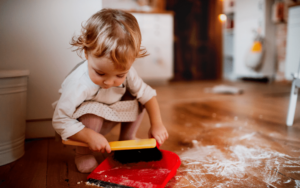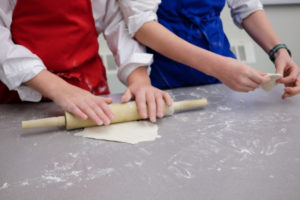By Richard Goodyear – Tōtara teacher
I want to take a moment to share with you how it has been for me to move from working with adolescents to children in the 9-12 class again. I guided in a 9-12 class at Berhampore Montessori for nine years before moving to Tōtara class in 2013. There I worked with Carol, then Joel until the end of 2015 when I moved to Kawakawa class, staying there for just over four years. More recently, amongst other things, I worked with adolescents including NCEA level students at Harbour Montessori College in Auckland before returning to Tōtara in November of last year.
It’s been a roundabout Montessori journey that has seen me mainly work with kids in their middle childhood years but in two very different aspects: the second half of the second plane of development and the first half of the third. How much did you change between your bright-eyed 10-year-old self and the probably more world-wise 14-year-old? For me, it was a huge shift when I was young, and professionally it has been a massive and fascinating change of mindset and skills required between those two phases.
What I’m absolutely loving about Tōtara is the way we truly challenge them to work independently. Sometimes it’s hard for them. Sometimes they would prefer more structure, to be told what to work on. But we believe, as Montessorians working in the second plane, that the potential of tapping into their inner motivation is too important to squander. We want ākonga to find the sparks of interest that call to them. So questions like ‘what fascinates them?’ ‘how do they best express themselves?’ ‘what are they passionate about?’ and ‘what are they capable of?’ become hugely important to us.
And so after years of working with adolescents where the key priorities are quite different, I find myself in the familiar, lovely, challenging place where free choice is the priority. How to interest a child in something when they are already busy working on their own freely chosen activity? It isn’t easy, but that is the challenge. I love it when I find something that occupies them in meaningful ways for an hour or two. A good example today was introducing the concept of measuring area (eg how many square metres is…?) with a story (of course) and seeing their little eyes light up. Then setting them a challenge that involved creating diagrams on the netball court with chalk (super fun) and because they are working independently, I could then move on to the next group and entice them, for just a little bit, in something new. A beautiful day for me, epitomized by Dr Montessori’s famous quote in regards to the second plane child:
“The secret of good teaching is to regard the child’s intelligence as a fertile field in which seeds may be sown, to grow under the heat of flaming imagination.”

